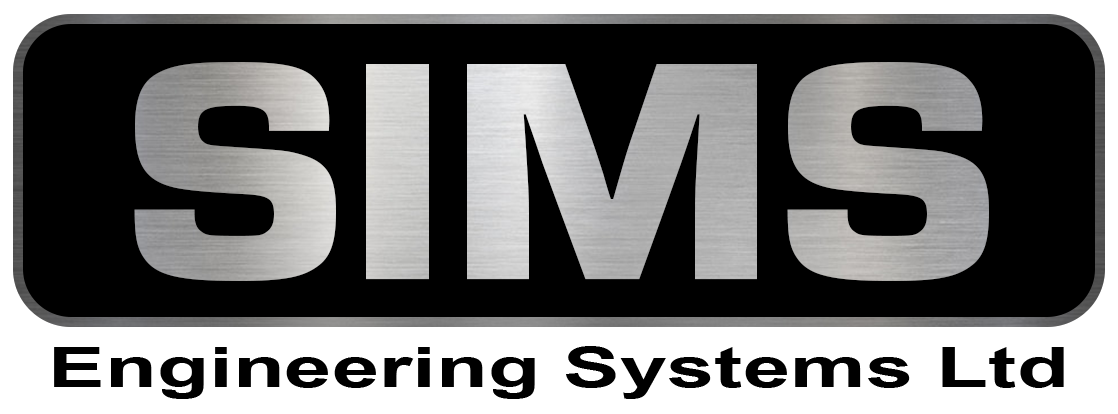Ultrasonic welding is an industrial process that joins two workpieces together by applying high-frequency ultrasonic acoustic vibrations to them under pressure. It is commonly used for joining plastics and metals, especially those that are dissimilar. Ultrasonic welding does not require connective bolts, nails, soldering materials, or adhesives to bind the materials together. When used to join metals, the temperature remains well below the melting point of the involved materials, preventing any unwanted properties that may arise from high-temperature exposure of the metal.
For joining complex injection molded thermoplastic parts, ultrasonic welding equipment can be easily customised to fit the exact specifications of the parts being welded. The parts are sandwiched between a fixed-shaped nest (anvil) and a sonotrode (horn) connected to a transducer and a low-amplitude acoustic vibration is emitted. Common frequencies used in ultrasonic welding of thermoplastics are 15 kHz, 20 kHz, 30 kHz, 35 kHz, 40 kHz and 70 kHz. When welding plastics, the interface of the two parts is specially designed to concentrate the melting process. One of the materials usually has a spiked or rounded energy director which contacts the second plastic part. The ultrasonic energy melts the point of contact between the parts, creating a joint. Ultrasonic welding of thermoplastics causes local melting of the plastic due to the absorption of vibrational energy along the joint to be welded. In metals, welding occurs due to the high-pressure dispersion of surface oxides and the local motion of the materials. Although there is heating, it is not enough to melt the base materials.

Ultrasonic welding can be used for both hard and soft plastics, such as semicrystalline plastics, and metals. The understanding of ultrasonic welding has increased with research and testing. The invention of more sophisticated and inexpensive equipment and increased demand for plastic and electronic components have led to a growing knowledge of the fundamental process. However, many aspects of ultrasonic welding still require more study, such as relating weld quality to process parameters. Ultrasonic welding continues to be a rapidly developing field.
The benefit of ultrasonic welding is that it dries much faster than conventional adhesives or solvents, so workpieces do not need to remain in a fixture for a long time until the joint dries or cures. The welding can easily be automated, making clean and precise joints. The site of the weld is usually very clean and rarely requires any touch-up work. The low thermal impact on the materials involved enables a greater number of materials to be welded together. The process is a good automated alternative to glue, screws or snap-fit designs. It is typically used with small parts, such as mobile phones, consumer electronics, disposable medical tools, toys, etc. Although it can be used on parts as large as a small automotive instrument cluster, ultrasonics are typically limited to small welds of thin, malleable metals, such as aluminium, copper, and nickel. Ultrasonics would not be used in welding the chassis of an automobile or in welding pieces of a bicycle together, due to the power levels required.
All ultrasonic welding systems are composed of the same basic elements:
- A press: usually with a pneumatic or electric drive, to assemble two parts under pressure
- A nest, anvil or fixture: where the parts are placed and allowing the high-frequency vibration to be directed to the interfaces
- An ultrasonic stack: composed of a converter or piezoelectric transducer, an optional booster, and a horn. All three elements of the stack are specifically tuned to resonate at the same exact ultrasonic frequency (typically 15, 20, 30, 35, or 40 kHz).
- Converter: Converts the electrical signal into a mechanical vibration using a piezoelectric effect
- Booster: Modifies the amplitude of the vibration mechanically. It is also used in standard systems to clamp the stack in the press
- Horn: Takes the shape of the part, modifies the amplitude mechanically, and applies the mechanical vibration to the parts to be welded
- Ultrasonic generator: delivers a high-power electric signal with a frequency matching the resonance frequency of the stack.
- A controller: controlling the movement of the press and the delivery of the ultrasonic energy.
For more information on Ultrasonic welding, feel free to call us at +44 (0) 1279 438605 or visit our website https://www.simsengineering.com

